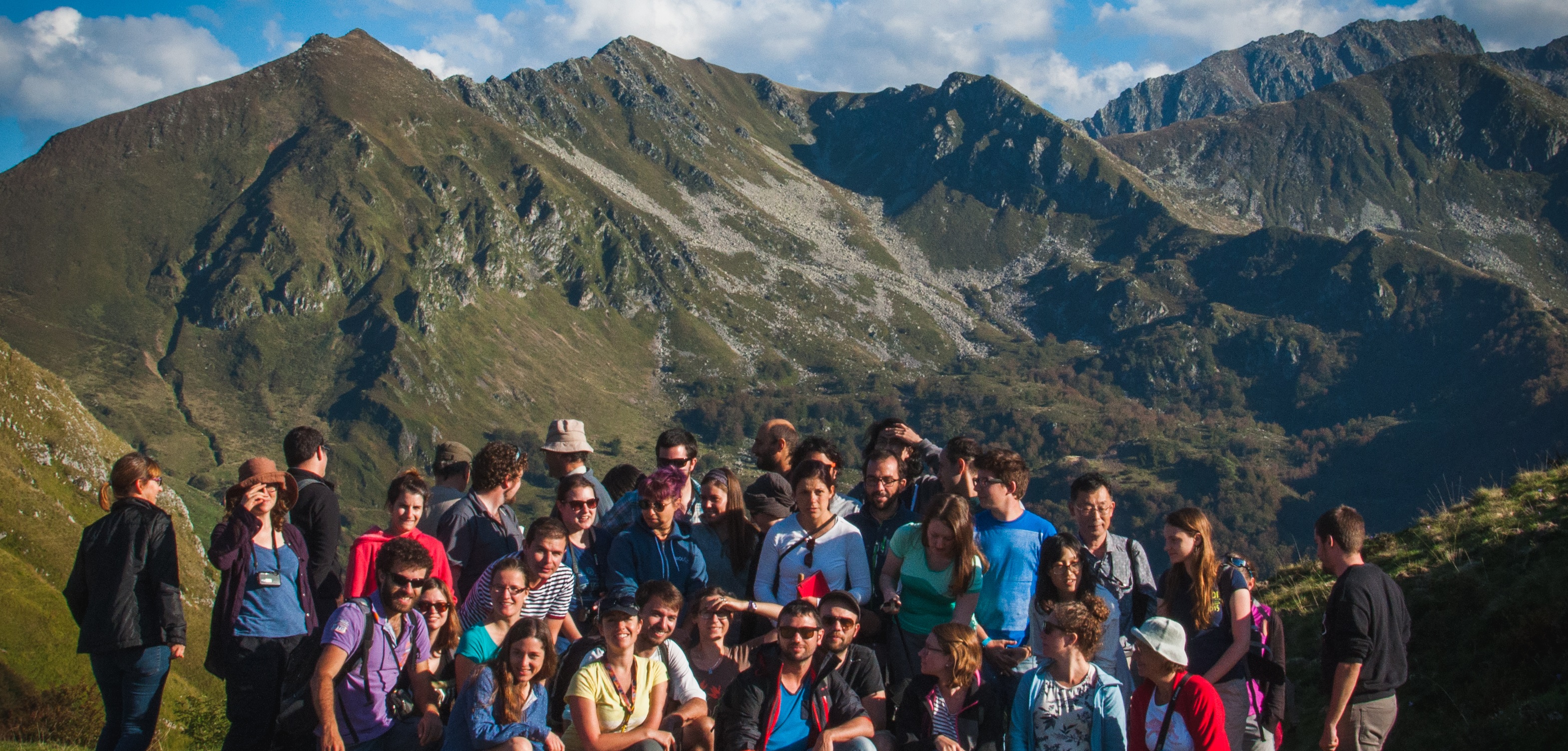IODP Expedition 357: Atlantis Massif
Over the past 6 months or so I’ve become involved with the International Oceanic Discovery Program’s (IODP) expedition to the Atlantis Massif, on the Mid-Atlantic Ridge (MAR). In collaboration with the European Consortium for Ocean Research Drilling (ECORD), a 47-day drilling expedition aboard the Royal Research Vessel James Cook was conducted in late 2015. In January I travelled to Germany to participate in the onshore phase of the expedition, which was conducted at the Centre for Marine Environmental Sciences (MARUM) in Bremen.
The Expedition
The Atlantis Massif is the surface expression of an oceanic detachment fault adjacent to the MAR at 30°N; the serpentinite-dominated footwall of the fault protrudes 4000m from the seafloor and at its summit hosts the Lost City Hydrothermal Field (LCHF). The LCHF is a low-temperature, high-pH hydrothermal vent system which hosts unique microbial communities and large carbonate chimneys. A number of expeditions have visited the site since its initial discovery in late 2000, seeking to understand the stark contrast to magmatically-driven hydrothermal systems (black smokers), the potential for abiogenetic processes and the actively serpentinizing system. Drilling on the Massif was conducted (IODP Expedition 304/305, see Hole U1309D, below) with the aim of investigating the interplay of magmatic and tectonic processes during exhumation, spurred by the newfound significance of oceanic core complexes as features of spreading centres globally. Expedition 357 aims to further investigate the exhumation of mantle rocks to the seafloor at slow-spreading ridges, the physiochemical systematics of serpentinization and the biosphere interaction within the active ultramafic-hosted hydrothermal system.
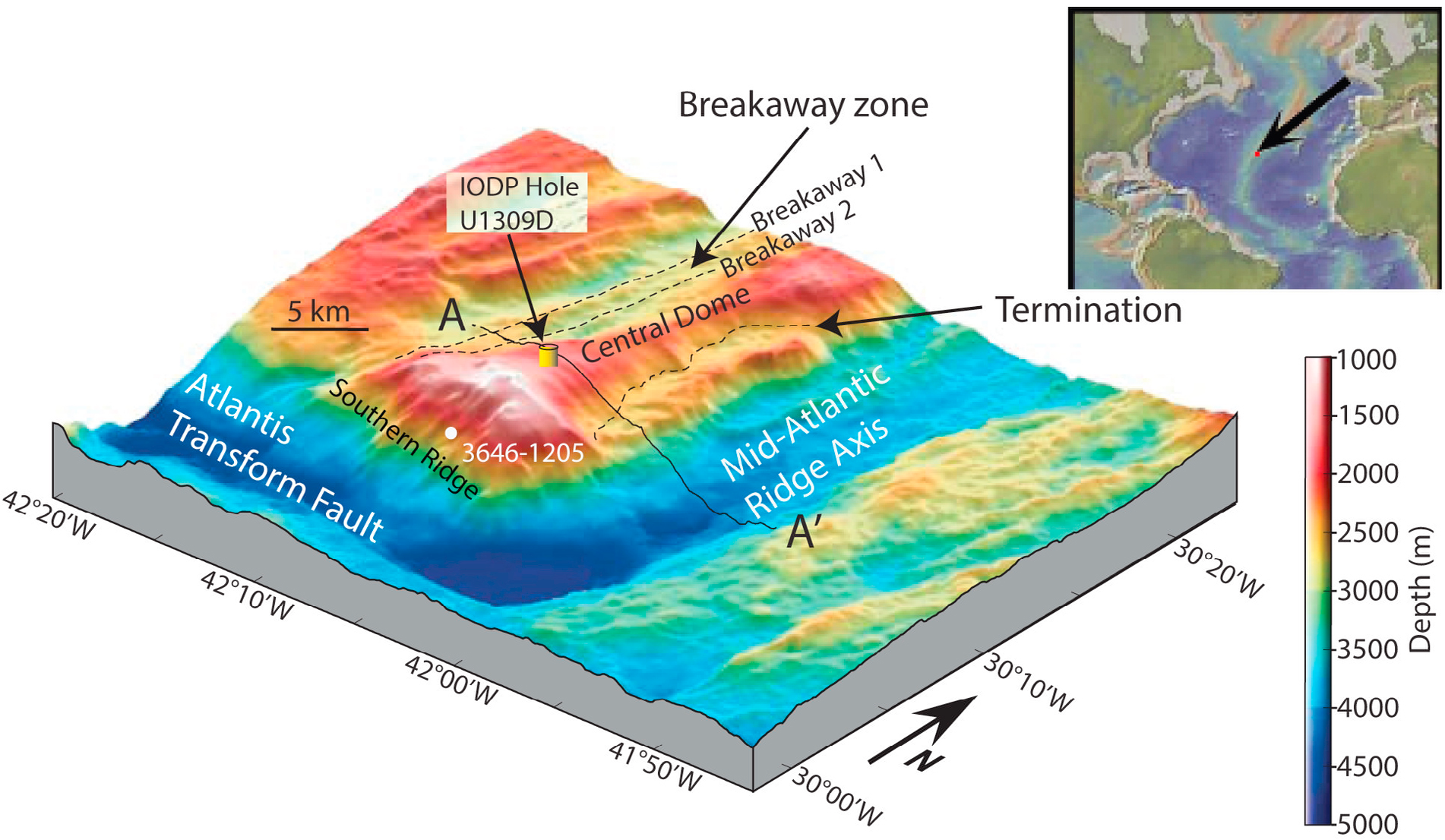
To investigate these processes, we needed to recover intact sequences of hydrothermally altered lithologies (e.g. serpentinites and talc-schist) interspersed with more robust magmatic rocks (basalts, dolerites and gabbros). Drilling in this material is difficult, and typically non-continuous cores would be recovered - most of the softer material abrades away, the surface lithologies are not preserved, and competence contrasts make recovering intact contacts difficult. One way to maximise the recovery is to use smaller diameter coring drills. For our expedition we utilized two seafloor rock drills (MeBo and Rock Drill 2, from MARUM, Germany and the British Geological Survey, UK respectively) to retrieve shallow continuous cores from a transect across the surface of the massif.
The Science Party
The science party for the expedition is led by Co-Chief Scientists Prof. Gretchen Früh-Green (ETH Zürich, Switzerland) and Dr. Beth Orcutt (Bigelow Laboratory for Ocean Sciences, Maine, USA), and is distinctly multinational and multidisciplinary. Notably, the expedition is the first to have a female-dominated science party and one of the first to have two female Co-Chiefs. The 31 scientists conducting research as part of the expedition are from 13 different countries and include PhD students, post-doctoral fellows and tenured professors.
The Onshore Party
My role in Bremen was as an igneous petrologist with the core description team. The lithologies recovered from the Massif were challenging to process and thoroughly describe during the onshore phase, but as the saying goes, ‘the best geologist is the one who has seen the most rocks’, and the opportunity to closely examine core was certainly a worthwhile one (even if I’m more of a geochemist!). Spending two weeks with the core description team was the highlight of my experience – both in the core lab and out in Bremen.
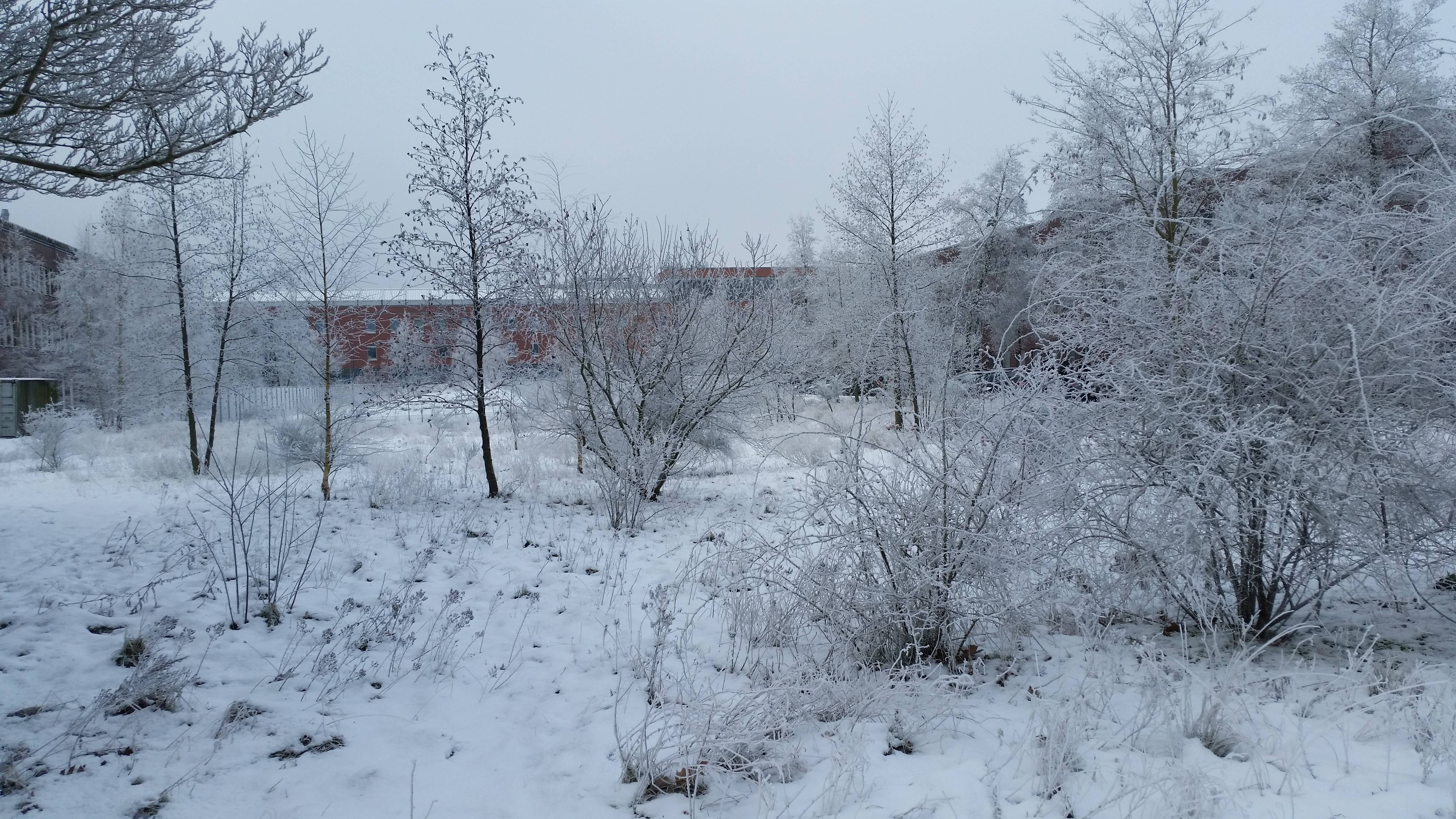

Working with a wide variety of scientists, and venturing beyond my local academic ‘bubble’ has been both a revealing and an encouraging experience. Beyond a set of valuable samples, my stay in Bremen built numerous friendships, resulted in current and potential collaborators and also a clearer, more confident outlook regarding my future career.

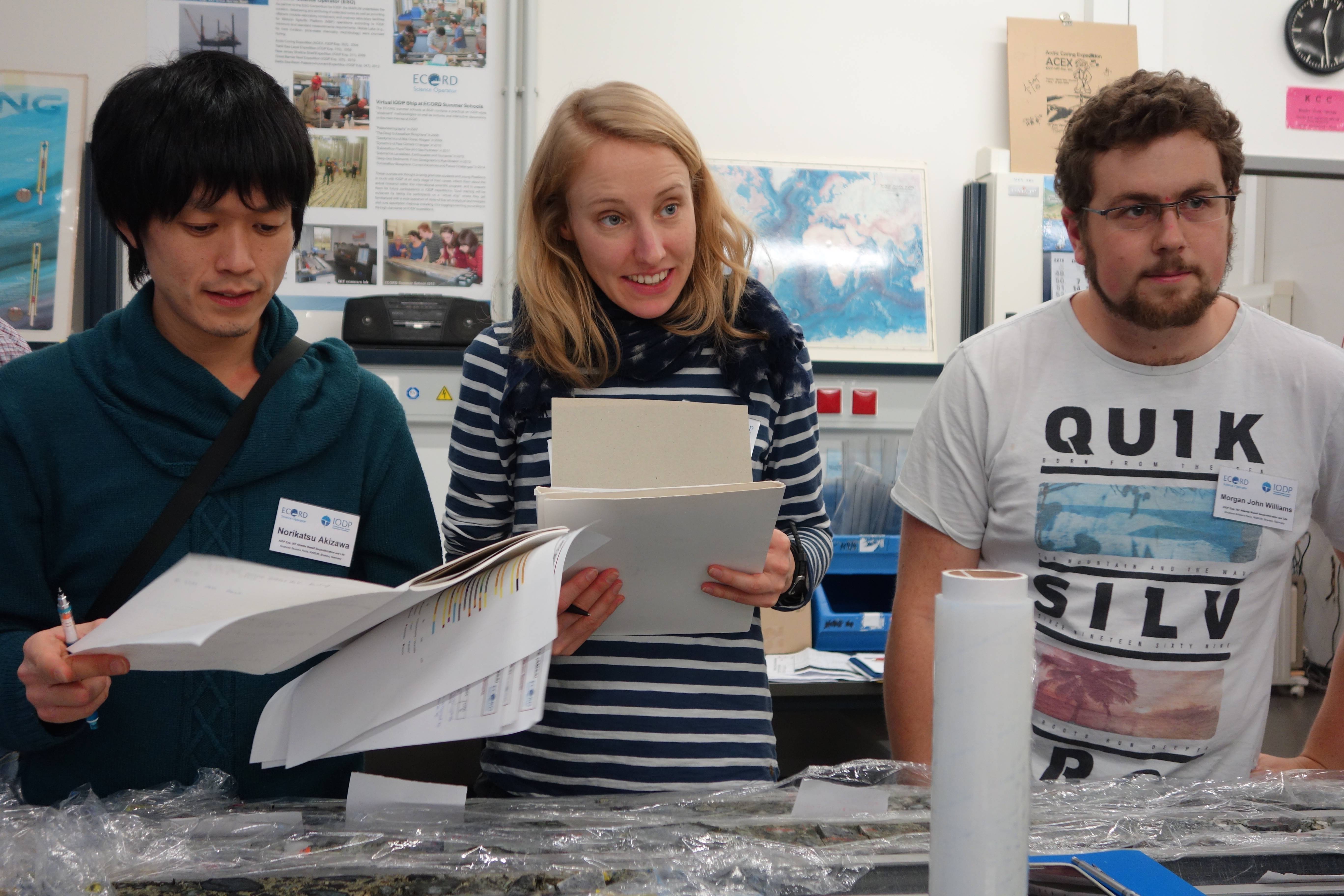
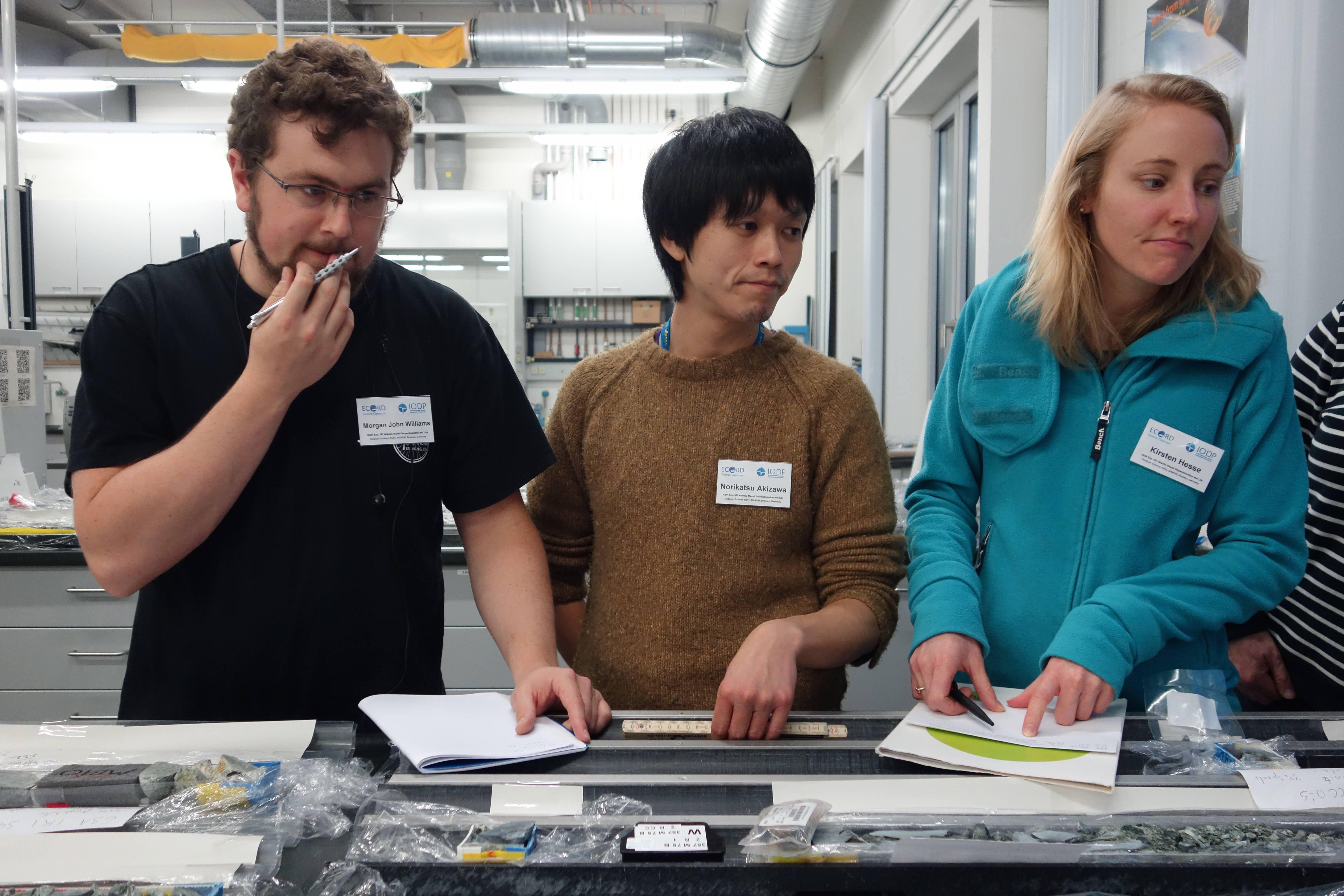
So we have rocks, what next?
A wide range of post-cruise research has been proposed by the multidisciplinary science party to investigate the biological, geochemical, petrological and structural features of the recovered cores in the coming months. I’ll be working on a variety of serpentinite samples to constrain the evolution of serpentinization processes within the massif, principally using a novel combination of halogen ratio and in-situ oxygen isotope measurements.


